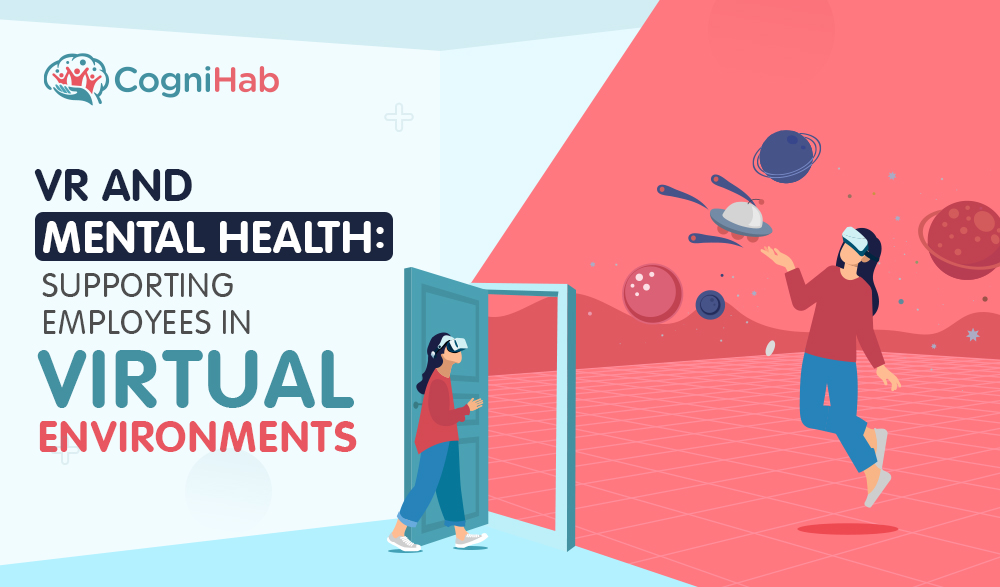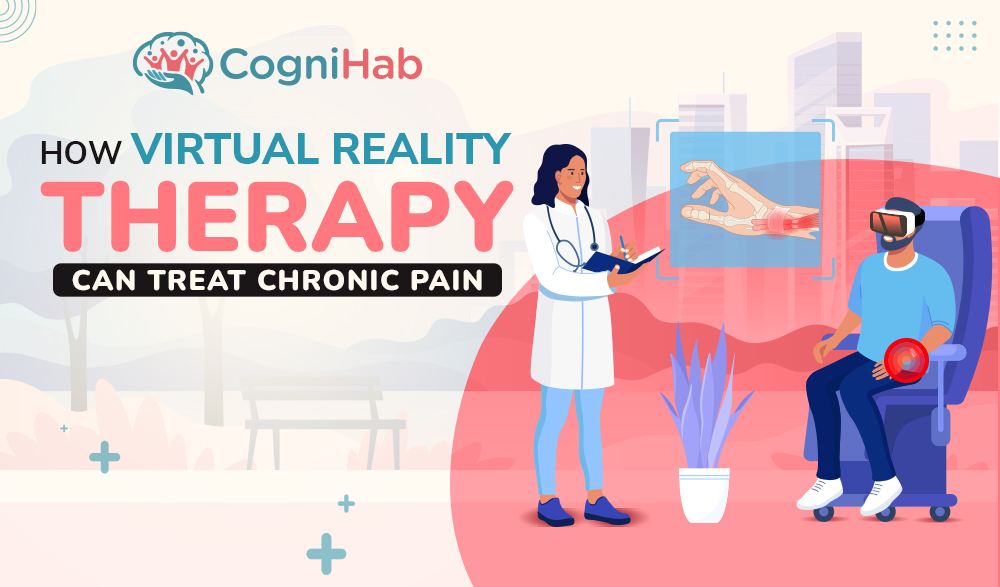Cloud Computing in Healthcare - Types, Benefits, and Use Cases
Cloud computing in healthcare promises many benefits that not only serve patients but also help healthcare professional to manage EHR and other important things.
You can establish a virtual clinic or hospital using cloud computing and communicate with patients who are unable to come in person. By utilizing web-enabled devices, they help close the gap.
Many technological tools such as Virtual Reality incorporation with cloud computing can help you to deal with rehab programs as well. Virtual Reality rehabilitation is very much effective in critical situations such as VR stroke rehabilitation.
Cloud computing support such program that helps patient complete their therapy from home as well.
- The market for cloud computing in healthcare is expected to reach a sizeable $39.4 billion in 2022. Additionally, it is projected to grow at a 17.8% CAGR to $89.4 billion by 2027. The widespread adoption of the technology by healthcare professionals is what led to the observed growth. Source: marketsandmarkets
Cloud Computing in Healthcare
Simply put, cloud computing allows users to connect to the same server or software from a variety of systems and devices using the internet. Software, servers, networking, and data storage are a few examples of the devices and programs used in cloud computing.
Utilizing cloud storage, which provides a flexible solution, healthcare providers and hospitals, can use a network of remotely accessible servers. On the server, they can store enormous amounts of data in a secure environment that is maintained by IT professionals.
Related post: How Blockchain Helps Healthcare Companies In Data Storage And Supply Chain Management?
To maintain global uniformity, electronic health records are also becoming necessary. These documents contain a lot of sensitive data that a cloud computing platform could better safeguard.
Additionally, cloud computing in healthcare provides better service delivery and cost reduction. Let's examine it carefully in light of its advantages.
Types of Cloud Computing in Healthcare
Two models of cloud computing are used in the healthcare sector: distribution and deployment.
Deployment
Three different types of deployment exist. The first type is private, allowing only one healthcare chain or company to use the cloud facility. The second is a community, which allows a community or group of healthcare professionals to access the cloud.
The third option is a hybrid model that can be applied to the first and second healthcare options.
Distribution
- IT infrastructure is provided by ‘software-as-a-service’ providers so that clients can deploy their applications.
- A provider of ‘infrastructure-as-a-service’ provides an operating system and IT infrastructure for the client to deploy their applications on.
- A platform as a service provider offers an operating system, applications, IT infrastructure, and every other component as a complete, ready-to-use platform.
Benefits of Cloud Computing in Healthcare
1. Better EHR (Electronic Health Records)
The objectives of cloud computing in the healthcare industry are to raise the standard, security, and effectiveness of healthcare. Better patient and family engagement may result from it. Additionally, it helps to maintain patient security and privacy while also enhancing care coordination.
The vast majority of hospitals and healthcare organizations no longer maintain patient records on paper. Doctors, nurses, and other healthcare professionals update electronic health records stored in the cloud.
In addition, healthcare providers are producing increasing amounts of digital data every year. Lab results, prescriptions, insurance claims, and electronic medical records are some of these.
With no need to upgrade your hardware, cloud computing offers more storage as your data volume grows. Additionally, cloud-based analytical tools may be able to provide you with important data insights.
2. Better patient care
Collaboration in patient care has become simpler worldwide thanks to the adoption of cloud storage for electronic medical records. Doctors can more easily view or share a patient's medical records when they are stored in the cloud.
In the past, a patient probably had separate medical record files at each practitioner, specialist, or hospital they visited. This made it very challenging for doctors to work together on the patient's care.
Hospitals are using cloud storage more and more, which makes it simpler for doctors to exchange information, see the outcomes of interactions between patients and other doctors, and give care that fully takes into account what the patient has gone through with other doctors in the past.
Related post: Telehealth: Understanding Integrated Virtual Care
3. Data security
It was very simple to steal or lose records when records were kept on paper in the past. In addition, keeping old records up to date was extremely challenging due to the fragile nature of paper.
Flood, fire, or another natural disaster could easily destroy it. Patient safety was significantly at risk due to the lack of security surrounding these documents.
Healthcare providers, however, could create their own internal data storage infrastructure with EHR. These records are safe and secure thanks to the blockchain. The only requirement to guarantee that patient data was protected was knowledgeable IT staffs skilled in data security.
4. Flexible and scalable
Your company can easily upgrade and downgrade its operations by choosing cloud storage over an internal data storage solution. With your operating and storage requirements, you can easily meet your needs, giving you flexibility as your needs change.
The pricey upgrades don't have to be purchased and installed by you; your cloud computing service provider can take care of them for you. Utilizing the cloud allows you to focus on managing your hospitals and healthcare facilities while saving time.
Cloud computing gives the healthcare sector more flexibility by offering a range of payment methods and data storage options. Cloud-based solutions make it simple to expand the storage space for your data by getting in touch with your service provider.
5. Data Interoperability
As we move into the next ten years of advancement in digital health, interoperability between connected medical devices, medical technology, and the various systems and applications that store patient data will become a more crucial issue.
Because there is no established standard for communication and data transfer between devices, an increasing number of product developers are creating IoT-enabled devices for the healthcare sector, which means we are missing out on many of the benefits of a connected healthcare environment.
The main platform for the storage and upkeep of all that data in healthcare will be cloud computing. As programmers strive to create a place mobile health applications, wearable connected devices, and electronic health records can all be made available on a single platform. Speedy data analysis and transfer will be made possible.
Use case in Cloud Computing in Healthcare
To achieve faster growth, every industry has embraced cloud computing. Because real-world applications are so helpful in healthcare, the majority of hospitals and clinics already use them. One of the main applications of cloud computing in the healthcare industry is managing patient health records, as we discussed above.
Additionally, it supports the development of novel medications and telemedicine, which enables doctors to consult with pharmacists and prescribe drugs. Cloud computing also helps virtual medical universities in addition to those other benefits.
Utilizing cloud technology, you can benefit from clinical decision support systems (CDSS). It gives clinicians, staff, patients, or other individuals access to knowledgeable, individually relevant information that is intelligently filtered or presented at the appropriate times to enhance health and medical care.
Conclusion
The aforementioned information is merely a drop in the ocean. We are in the "Metaverse-era," where we will soon consult with our doctors and physicians with Metaverse in healthcare.
Once more, cloud computing supports this technology along with Virtual Reality, making it accessible from anywhere in the world with only an internet connection needed.
Visit the Cognihab website to learn more about Virtual Reality rehabilitation for VR stroke rehabilitation and other VR suites. We are a technological-medical company with a focus on VR-based medical technology.
For VR rehab suites for Cerebral Palsy, Stroke Rehab, Spinal Cord Injury Rehab, Autism suits, and many other conditions, Cognihab has specialized programs.







